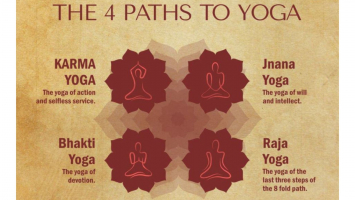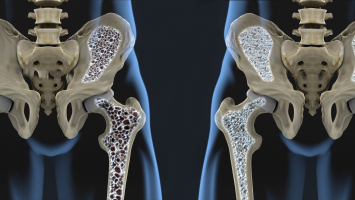Top 5 Basic Principles of Yoga
Anyone who has visited a yoga class knows that the practice of yoga is much more than just movements. However, with so much material available on yoga as a ... read more...spiritual discipline and way of life, it's easy to become overwhelmed. Even the yamas and niyamas might be difficult to follow. Toplist was given the best and most straightforward regulations by Swami Vishnudevananda. Swami Vishnudevananda was noted for his innovative approach to yoga philosophy and practice. People in the West were able to accept the traditional discipline of yoga because of his innovative teaching method. Swamiji unified the ancient wisdom of yoga into five key principles, which are: Proper Exercise – Āsana, Proper Breathing – Prāṇāyāma, Proper Relaxation – Śavāsana, Proper Diet – Vegetarian, and Positive Thinking & Meditation – Vedānta & Dhyāna. These points help to achieve radiant health and a balanced way of living. These five principles are used in many yoga classes and programs across the world. Let's take a closer look at the basic principles of yoga in this article.
-
The very first principle in the five basic principles of yoga according to Swami Vishnudevananda is Proper Exercise. There's no arguing that regular exercise is beneficial to your health. Swami is referring to yoga asanas as a form of proper exercise. He believes that consistent, well-balanced asana practice can provide what your body needs. The joints, muscles, ligaments, and tendons in our bodies, like an automobile, require lubricant. Regular āsana (yoga stance) practice improves flexibility and improves circulation, which benefits all bodily systems.
A yoga position should be done slowly and deliberately and held for a period of time. The yoga āsanas have both physical and mental advantages. These postures ensure the general health of the body by focusing on the health of the spine. Yoga postures help to enhance mental control and concentration since they are done with mindful breathing, relaxation, and awareness.
Yoga, unlike other forms of exercise such as jogging or weight lifting, is a total-body workout. It enhances circulation, flexibility, and the endocrine system by strengthening the body and stimulating the endocrine system. Exercise strengthens the immune system, reduces stress, and enhances sleep. Work on the cardiovascular system improves the heart muscle's effectiveness and efficiency, lowers blood pressure, and improves circulation throughout the body.
Every day, practice your yoga postures!
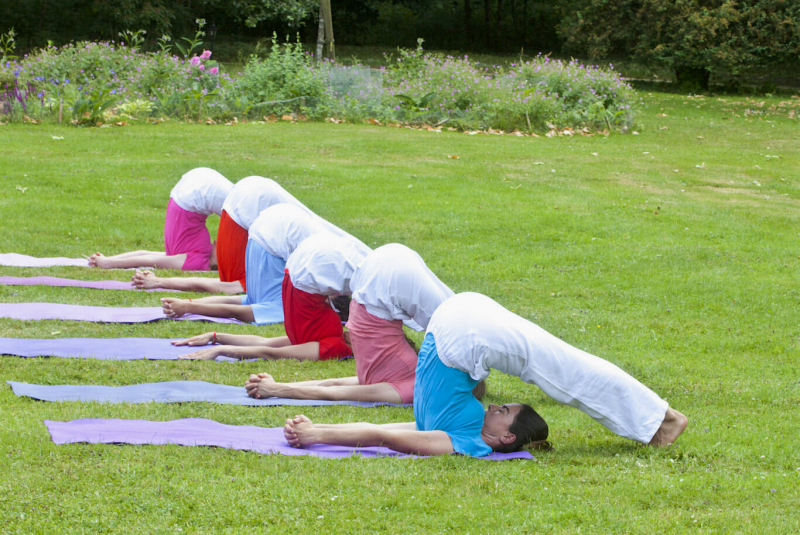
Ashram de Yoga Sivananda 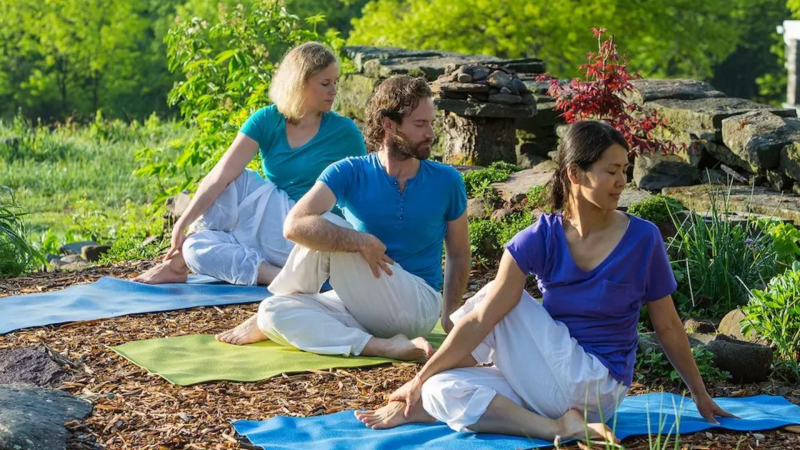
The Yoga Warehouse -
Proper breathing, the second principle among the five basic principles of yoga, refers to pranayama practice. The discipline of breath control is used to gain control of prana or energy. Controlling one's prāṇā leads to controlling one's mind.
Breathing correctly connects the body to its battery, the Solar Plexus, which stores vast potential energy. Specific yoga breathing practices are used to release this energy for physical and mental renewal.
Anuloma Viloma (alternate nostril breathing) and Kapalabhati (fire breathing) exercises stimulate the neurological system, detoxify the cardiorespiratory system (by removing gaseous waste), and train us to maintain a calm and steady breath during times of physical or mental stress.
The majority of people take short breaths and suffer from oxygen deficiency, which causes exhaustion and poor energy levels. Prāṇāyāma increases energy levels by consciously controlling breathing.
When the breath is tranquil, so is the mind.

Yoga Journal 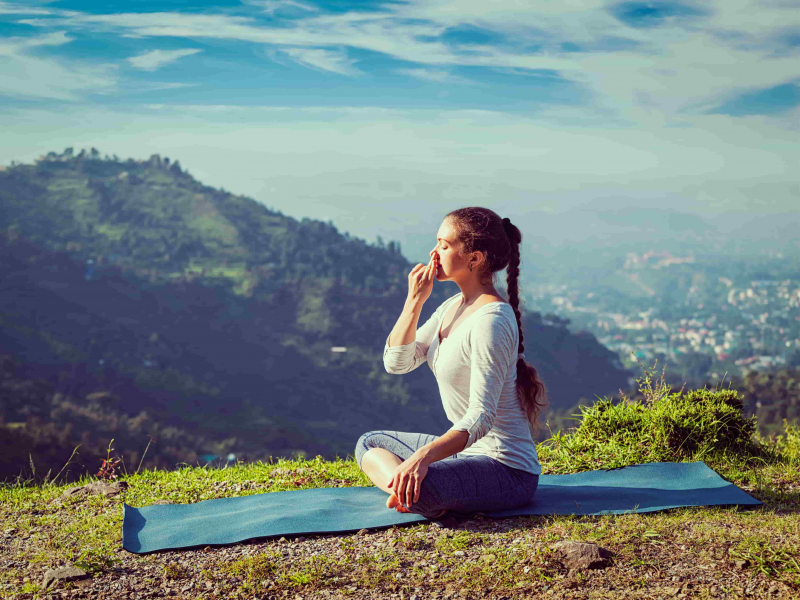
Decathlon Blog -
Another principle among the five basic principles of yoga is no other than Proper Relaxation. Both efficient and appropriate sleep, as well as relaxation between asanas in the form of Savasana, are examples of proper relaxation. Relaxation has the same effect on the body that a radiator has on a car. Stress must be released from the body and mind in the same way that heat must be released from a motor engine. When the body and mind are overworked on a regular basis, their efficiency suffers. Relaxation is the process of recharging the body and mind in order to keep them working at their best.
Three levels of relaxation are acknowledged in yoga:
- Physical relaxation is achieved by the act of auto-suggestion, which involves drawing attention to specific body areas in order to intentionally relax them.
- Mental relaxation: By focusing on the breath, the mind gradually calms down.
- Spiritual relaxation: Going beyond the mind to experience the inner silence allows one to transcend all tensions and worries.
The word Śavāsana (corpse position) connotes total relaxation of the body, mind, and spirit. The ability to relax the body while remaining conscious in a supine position restores internal balance (homeostasis). The body can heal and restore itself more effectively when Savasana is practiced during asana class and the body is free to relax.
Maintaining proper body balance throughout the day with a well-planned schedule, time for good meals, and daily asana practice prepares you for optimal sleep at night. It takes effort and planning to fall asleep quickly, stay asleep all night, and wake up feeling refreshed.
People tend to take sleep for granted, pushing it to its limits throughout the day by consuming caffeine in the afternoon or evening, eating a big meal too close to bedtime, and not leaving enough time for the brain and body to wind down before going to bed. Then they wonder why their mind is racing and their sleep is troubled.
Proper relaxation is a necessity, not a luxury.
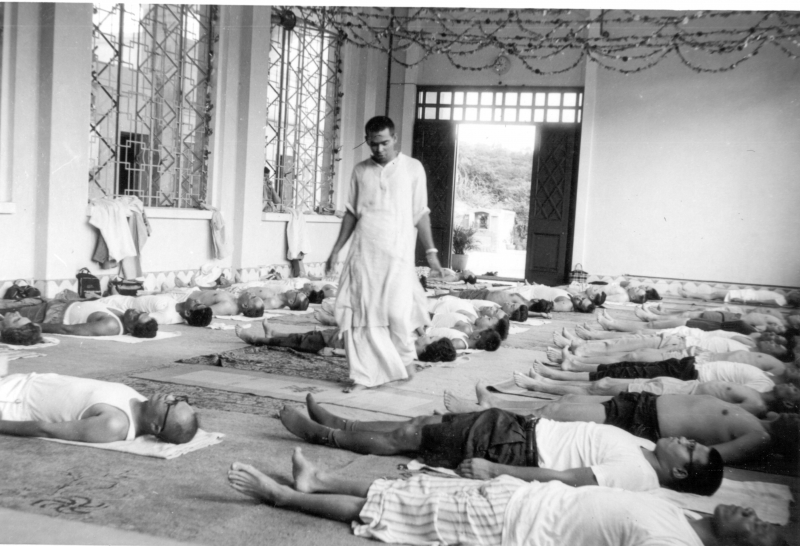
Wikipedia 
Sivanandacanada -
Proper Diet is the next principle in the five basic principles of yoga. The most essential component of this principle is just picking Sattvic foods. What are Sattvic foods, and how do you eat them? They're not extremely spicy or fattening, they're entire (not processed or pre-packaged), they're fresh (think garden), and they're vegan. They're also in little amounts, with only 2-3 meals every day. The goal of a balanced yogic diet is to keep the body and mind healthy without resorting to emotional eating, overeating, or giving in to cravings.
The body needs fuel, which is provided by a proper diet. The yogic diet is Lacto vegetarian and consists of natural, unprocessed foods that are easy to digest and promote good health. The nutritional value of food is destroyed through processing, refining, and overcooking.
The subtle effects of food on the mind are taken into account in a yogic diet. Foods that quiet the mind are consumed, whereas foods that dull or stimulate the mind are avoided.
A vegetarian diet is also an expression of ahimsa (nonviolence), an important tenet to follow in the expansion of consciousness to higher levels.
"Eat to live, not live to eat," according to yogic philosophy, which means eating with regard for oneself and the earth as a whole.
American Society for Nutrition 
Healthline -
The fifth one among the five basic principles of yoga is Positive thinking and meditation. Positive Thinking & Meditation are required to govern the mind, just as a competent driver is required to handle the car.
We seek the truth by asking questions. Swami Sivananda encouraged his students to never stop asking questions and to always look for answers in order to better understand themselves and the world around them. Learning this fundamental truth teaches us compassion for all beings, awareness of our environment, and a never-ending desire for peace and understanding.
Positive thinking is critical in this situation. Always seek the truth with a cheerful attitude, spreading delight via compassionate words and acts. What good is education if it causes pain? Have a good sense of humor, be childlike (not childish), and smile at everyone you see.
Learning and applying the teachings of Vedanta philosophy will help you establish a good view of life (the end of knowledge, a description of the ultimate nature of the Truth). Regular meditation practice brings the mind under complete control. It purifies the brain and brings the lower nature under conscious control.
Meditation, through transcending the mind, finally results in a state of lasting contentment and absolute peace.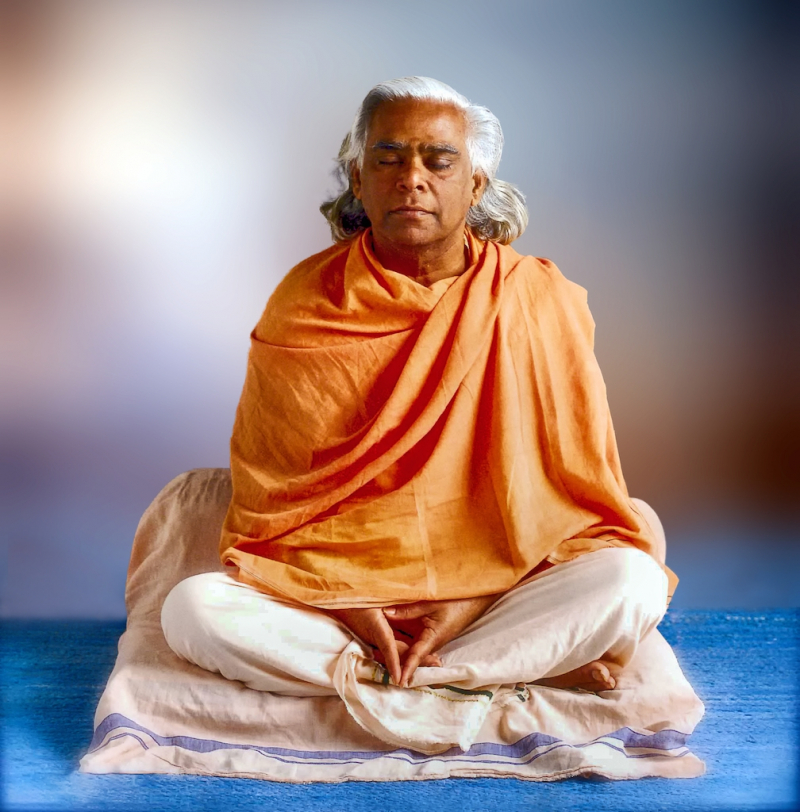
Yoga Shastra! 
AGNIVEDAA










